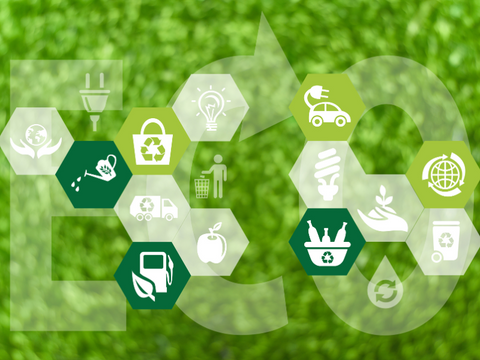In an age where “climate change” and “global warming” are everyday conversations, it is critical to address the environmental impact of various industries, commercial refrigeration being one of them. Commercial refrigeration systems are everywhere, supporting industries from food service and supermarkets to healthcare. However, they are also significant contributors to greenhouse gas emissions, primarily due to their energy consumption and refrigerant leakage. This blog post aims to highlight the importance of reducing the environmental impact of commercial refrigeration and explore potential solutions to this pressing problem.
Energy efficiency: key solutions
First, improving energy efficiency is a critical step in reducing the environmental footprint of commercial refrigeration. Refrigeration systems are notorious for their high energy consumption, often accounting for a large portion of a business's electricity bill. Therefore, adopting energy-saving practices and equipment can not only reduce greenhouse gas emissions but also lead to significant cost savings.

Innovative technologies such as variable speed compressors, advanced control systems and high-efficiency fan motors can significantly reduce energy use. Additionally, regular maintenance can prevent system inefficiencies and ensure equipment is operating at its best.
Transition to environmentally friendly refrigerants
Traditional refrigerants used in commercial refrigeration, such as hydrofluorocarbons (HFCs), are potent greenhouse gases with global warming potential thousands of times greater than carbon dioxide. Therefore, switching to environmentally friendly refrigerants is an important part of reducing the environmental impact of commercial refrigeration.
Natural refrigerants such as carbon dioxide, ammonia and hydrocarbons are promising alternatives with the advantages of reducing global warming potential and increasing energy efficiency. Additionally, regulatory agencies around the world are encouraging this shift, with regulations increasingly phasing out the use of high-GWP refrigerants.
Waste heat recovery
Another effective way to mitigate the environmental impact of commercial refrigeration is waste heat recovery. Refrigeration systems generate large amounts of waste heat, which is often released into the environment. However, this heat can be harnessed and used for other purposes, such as heating water or space, thereby reducing overall energy consumption and emissions.

Implementing a waste heat recovery system may require an initial investment but can result in long-term cost and energy savings. It also contributes to a circular economy model that minimizes waste through reuse or recycling.
In conclusion, while commercial refrigeration plays a key role in our daily lives, its impact on the environment must be addressed. By adopting energy-saving practices, switching to environmentally friendly refrigerants, and implementing waste heat recovery systems, we can significantly reduce the carbon footprint of commercial refrigeration. These measures not only contribute to sustainable development but also save costs, becoming a win-win solution for both business and the environment. Let’s take these steps toward a more sustainable, greener future.
























